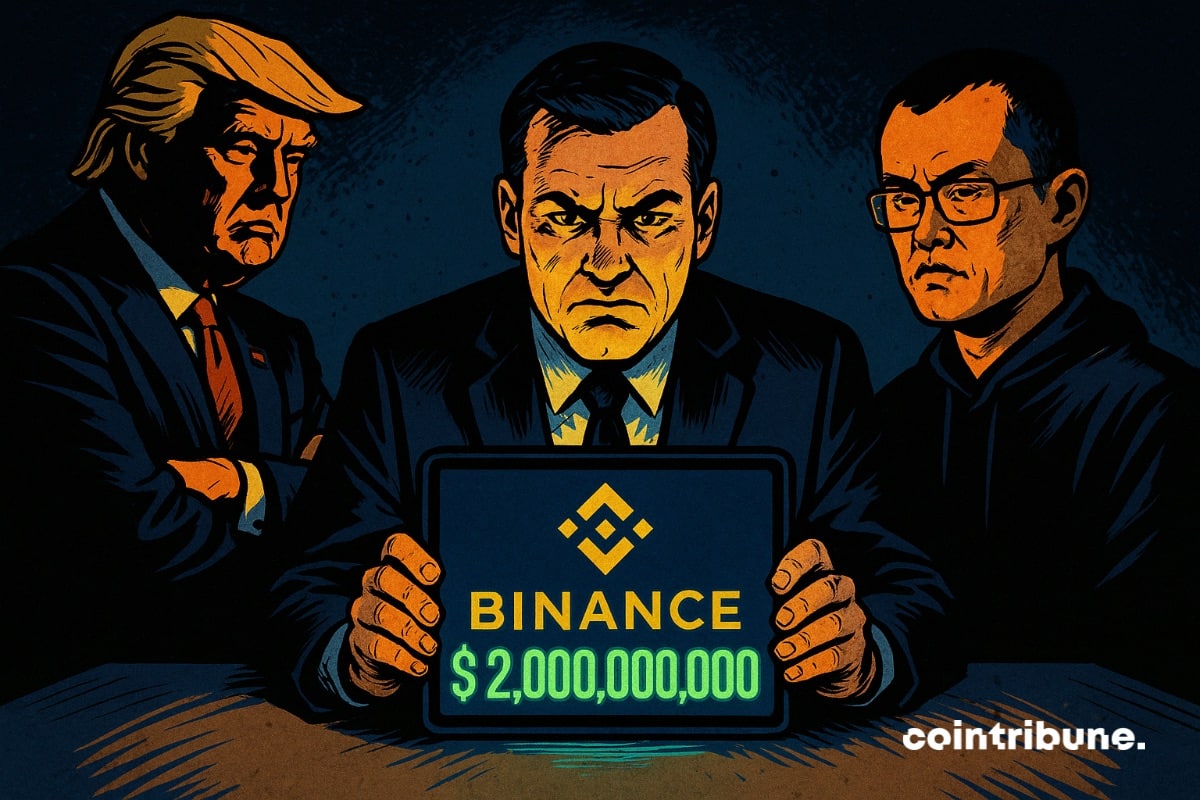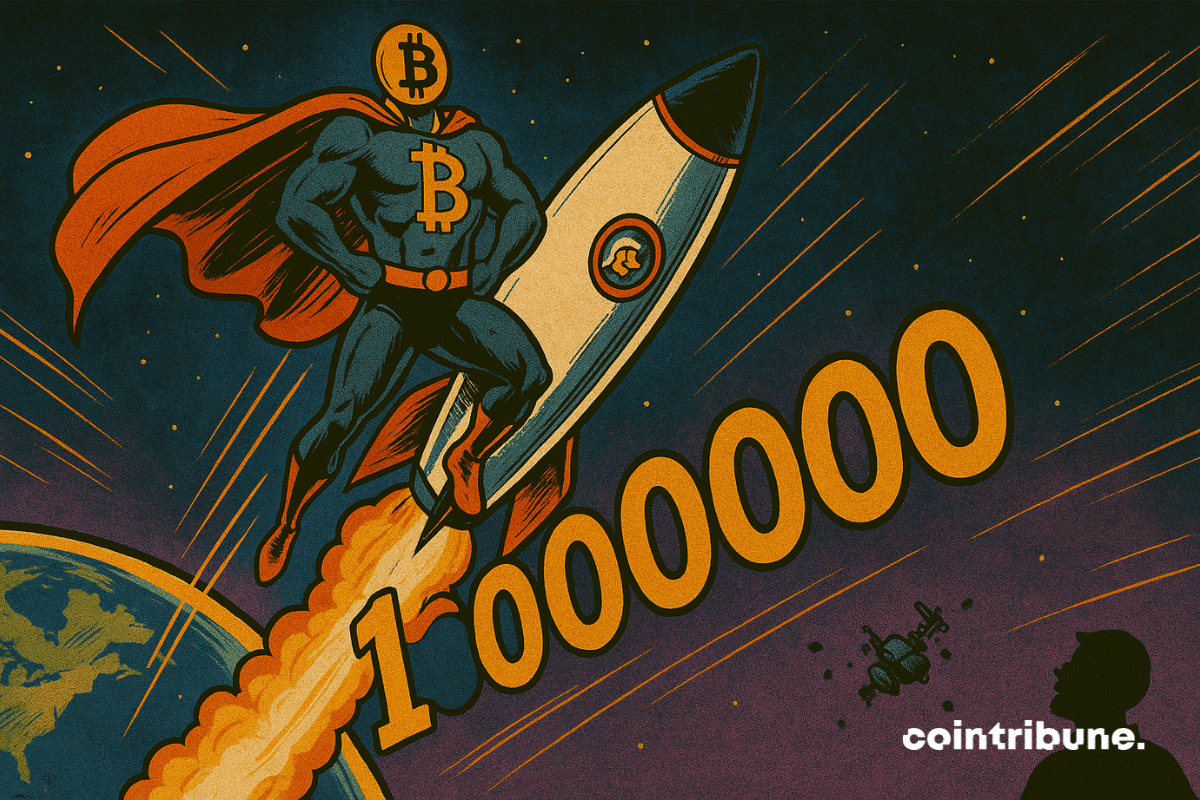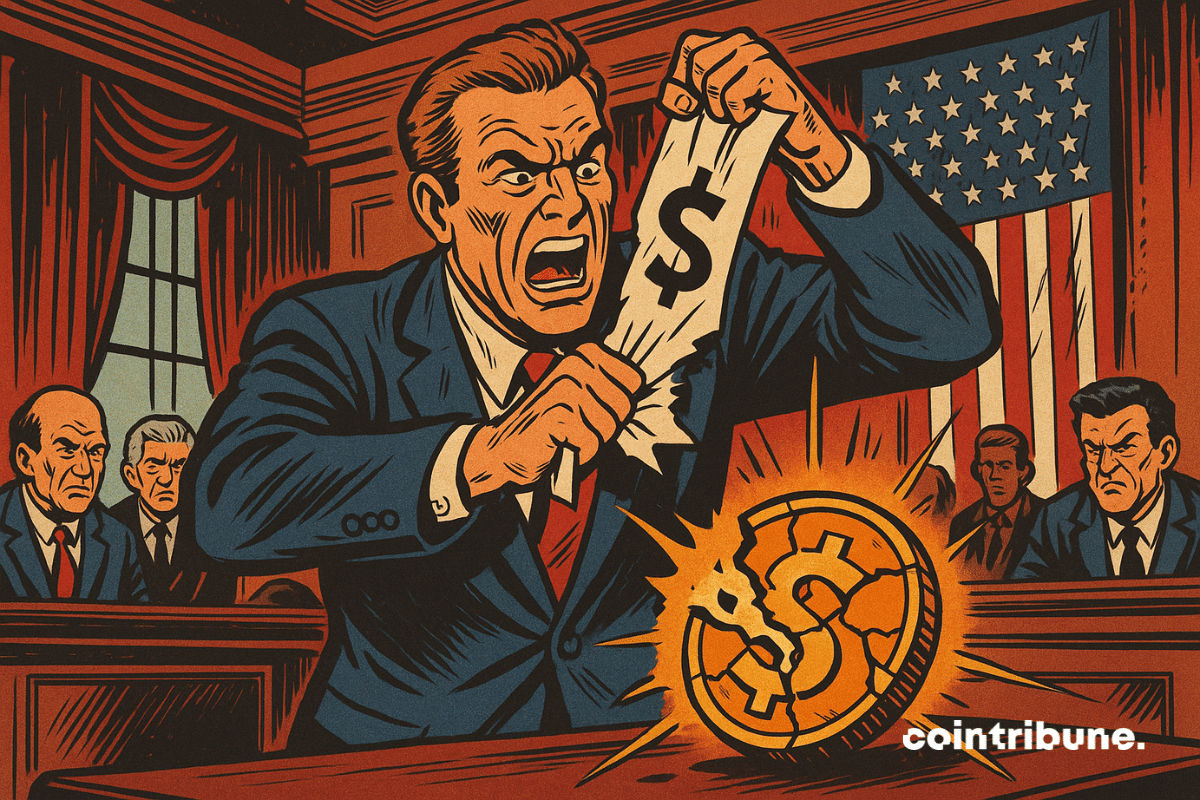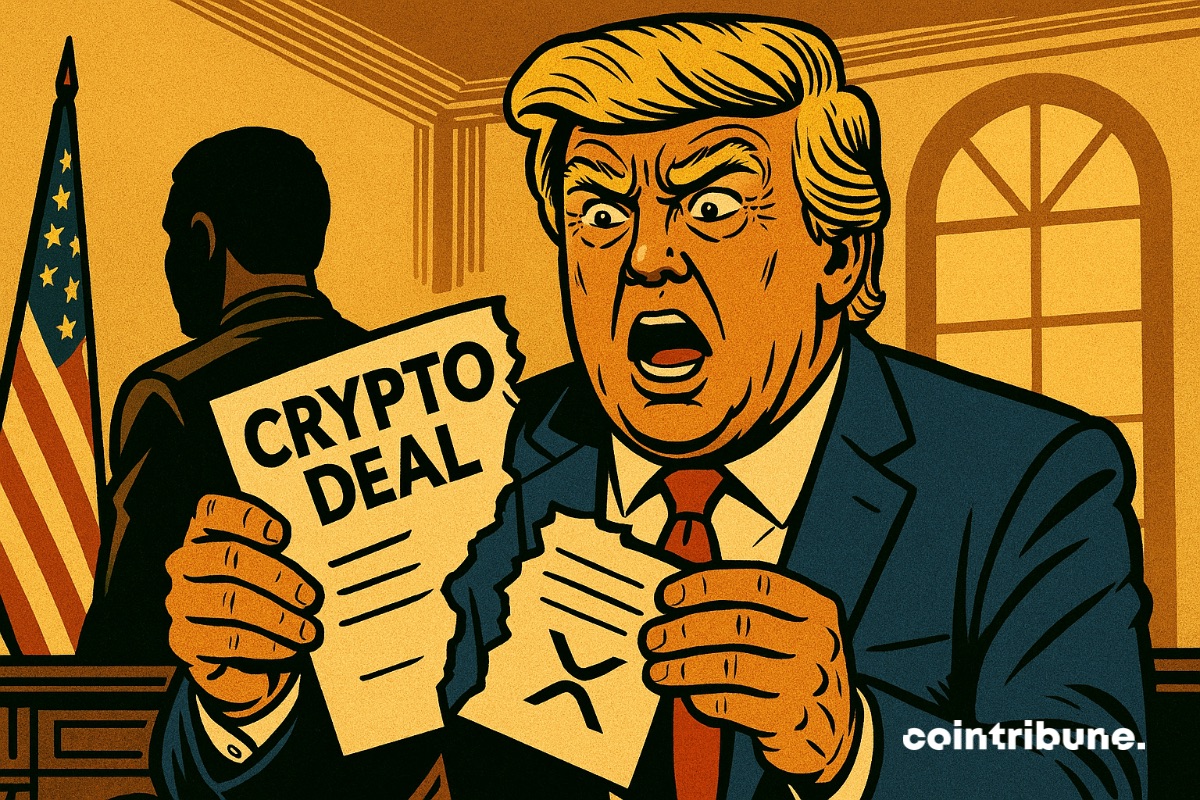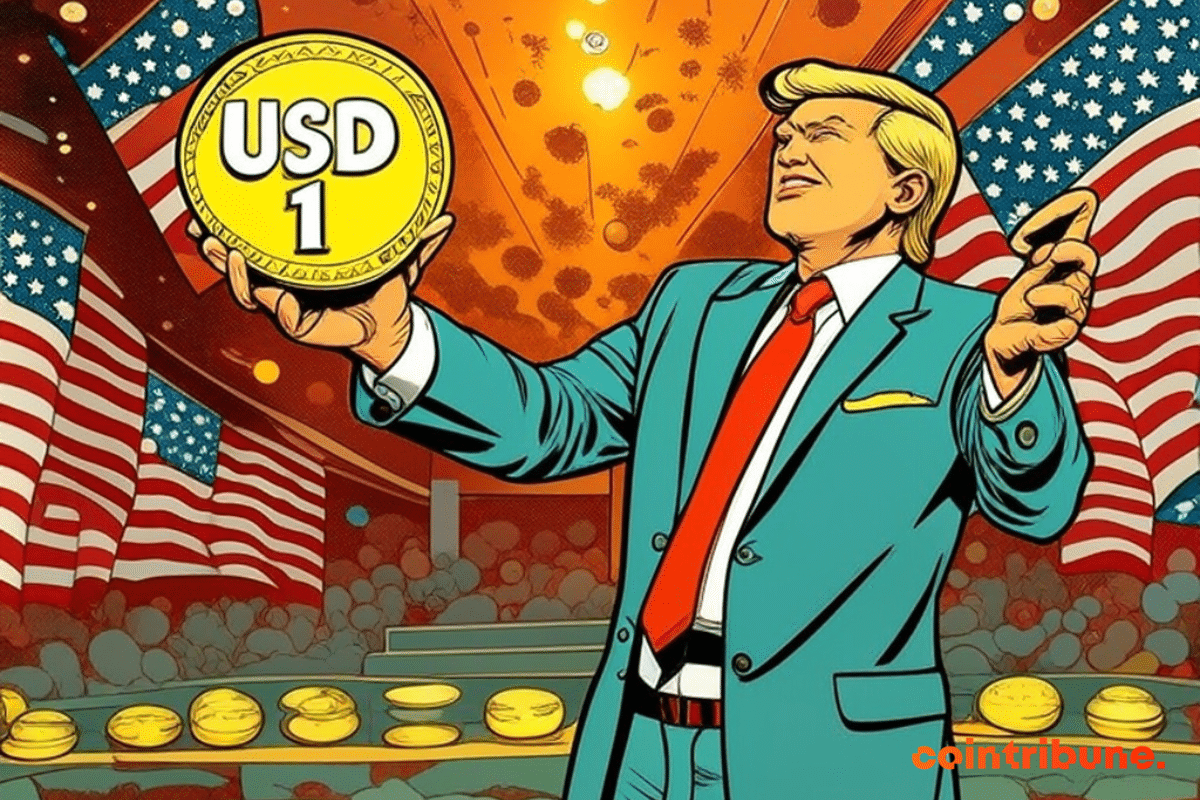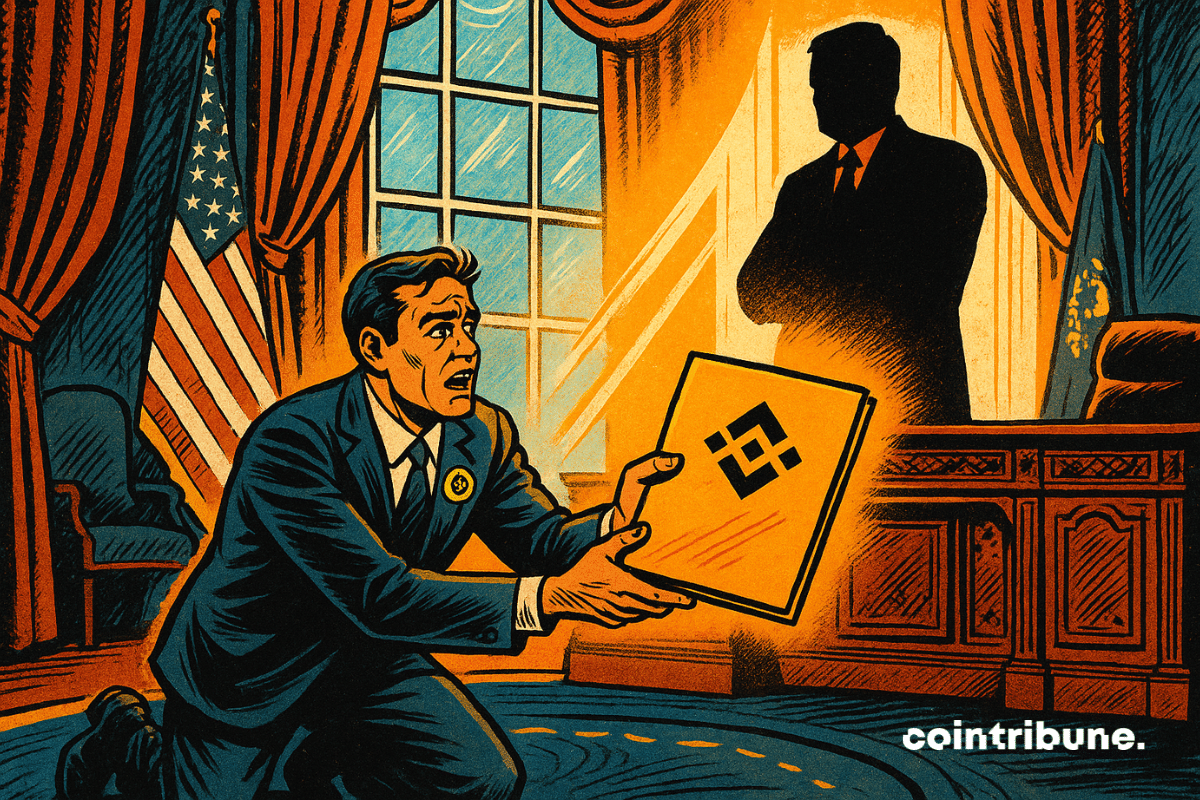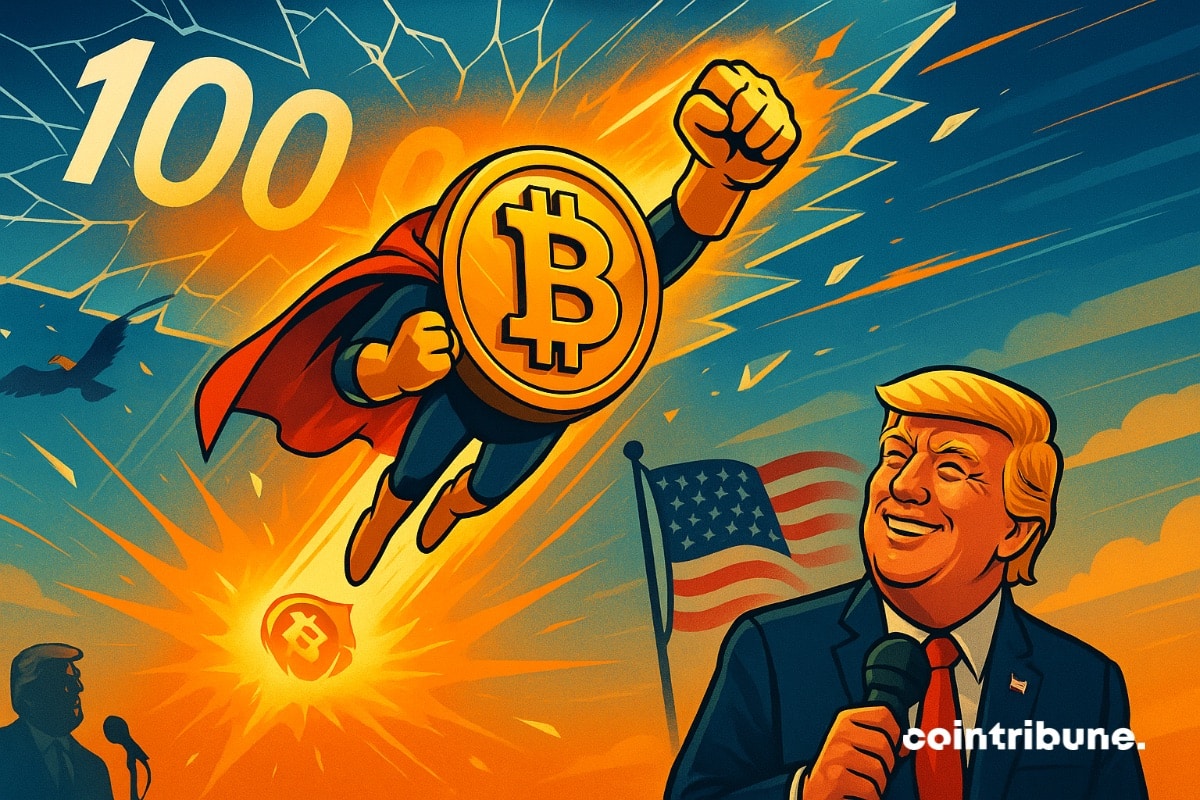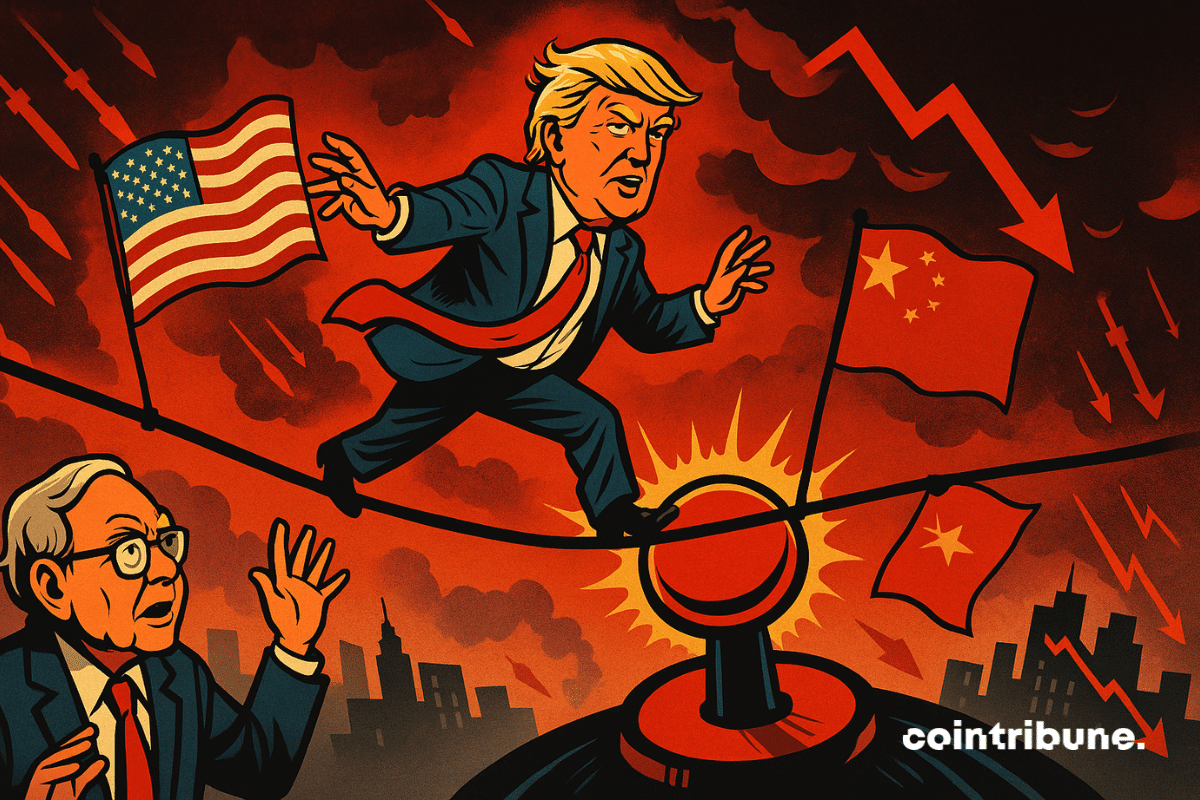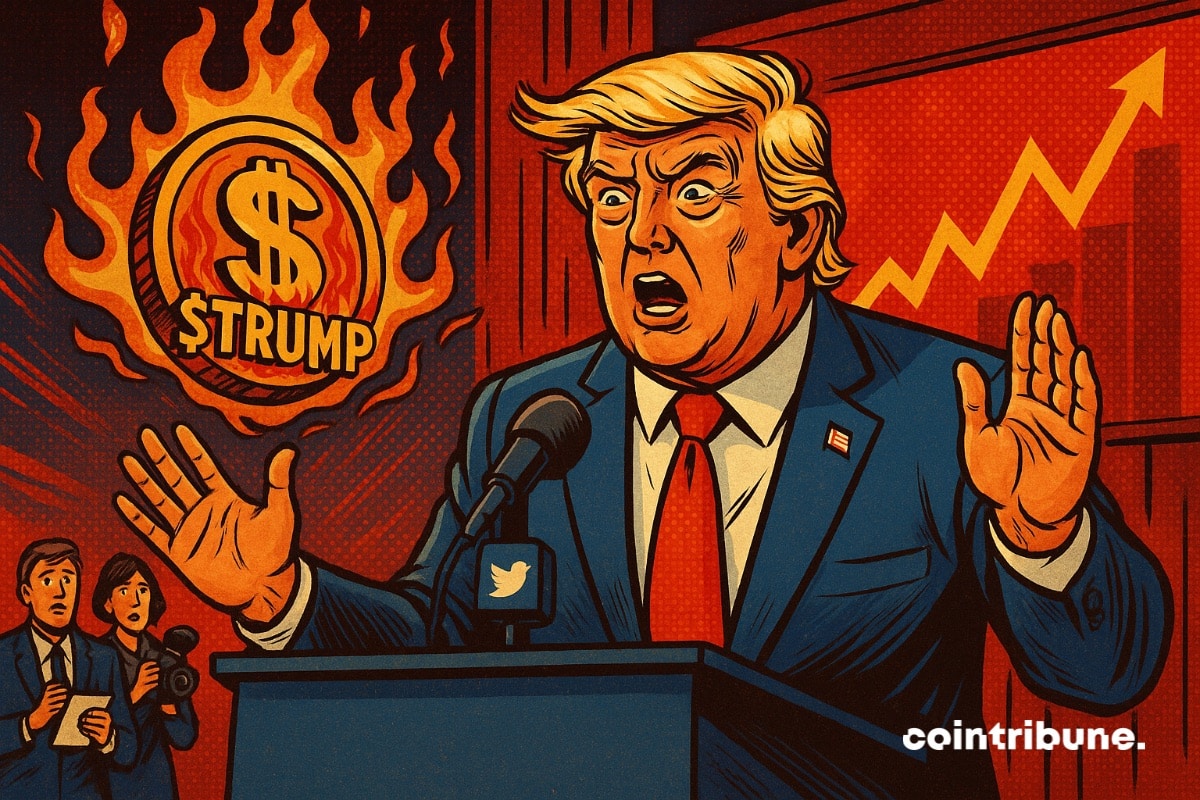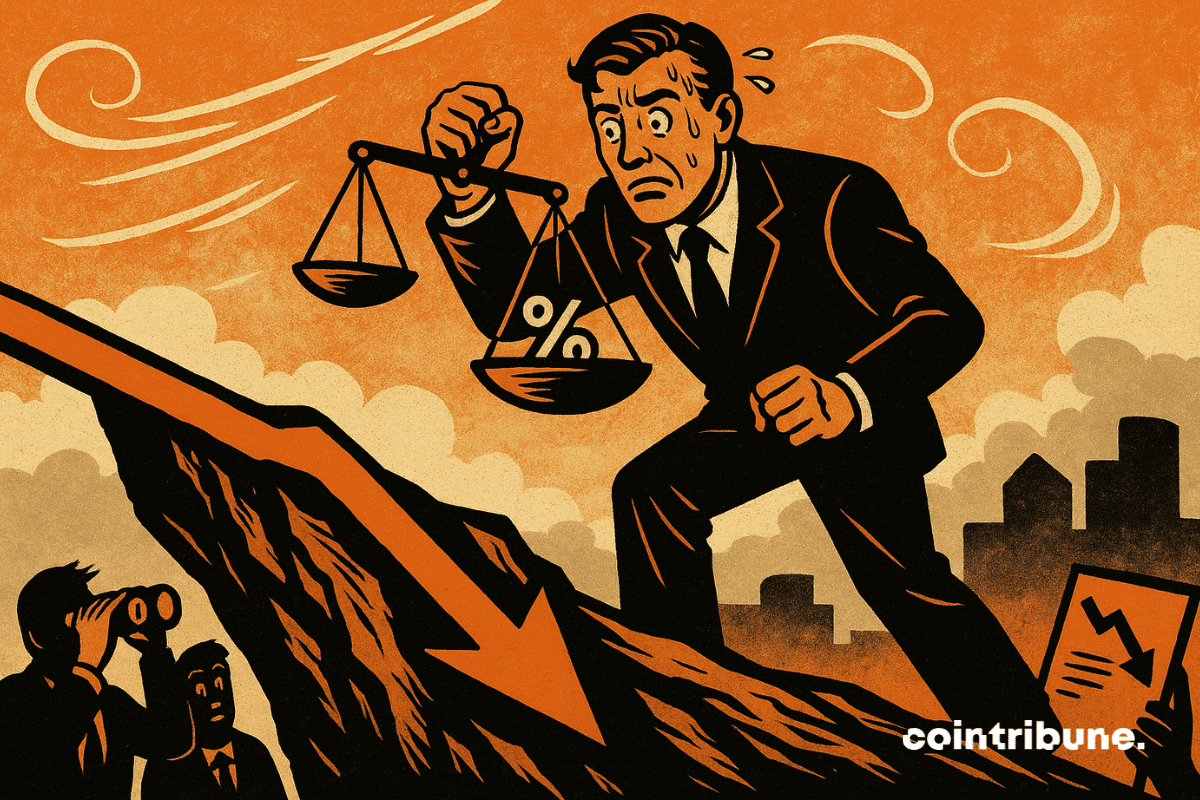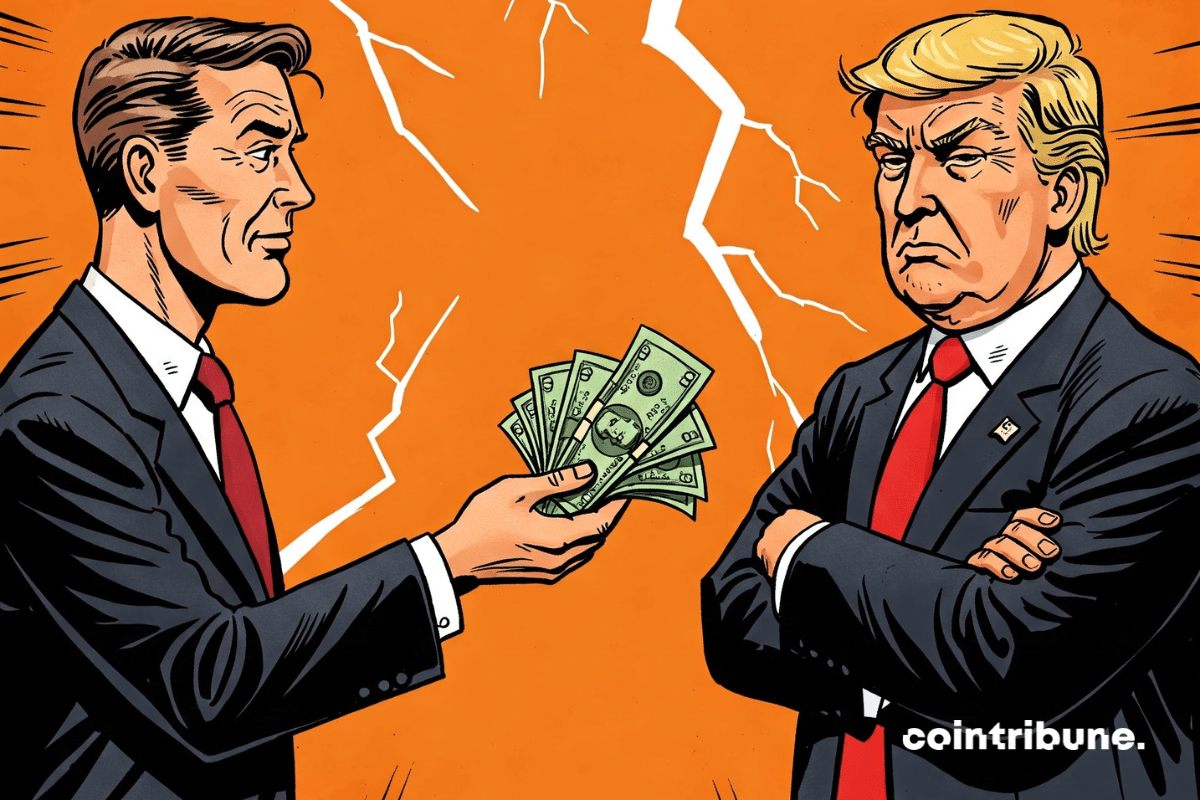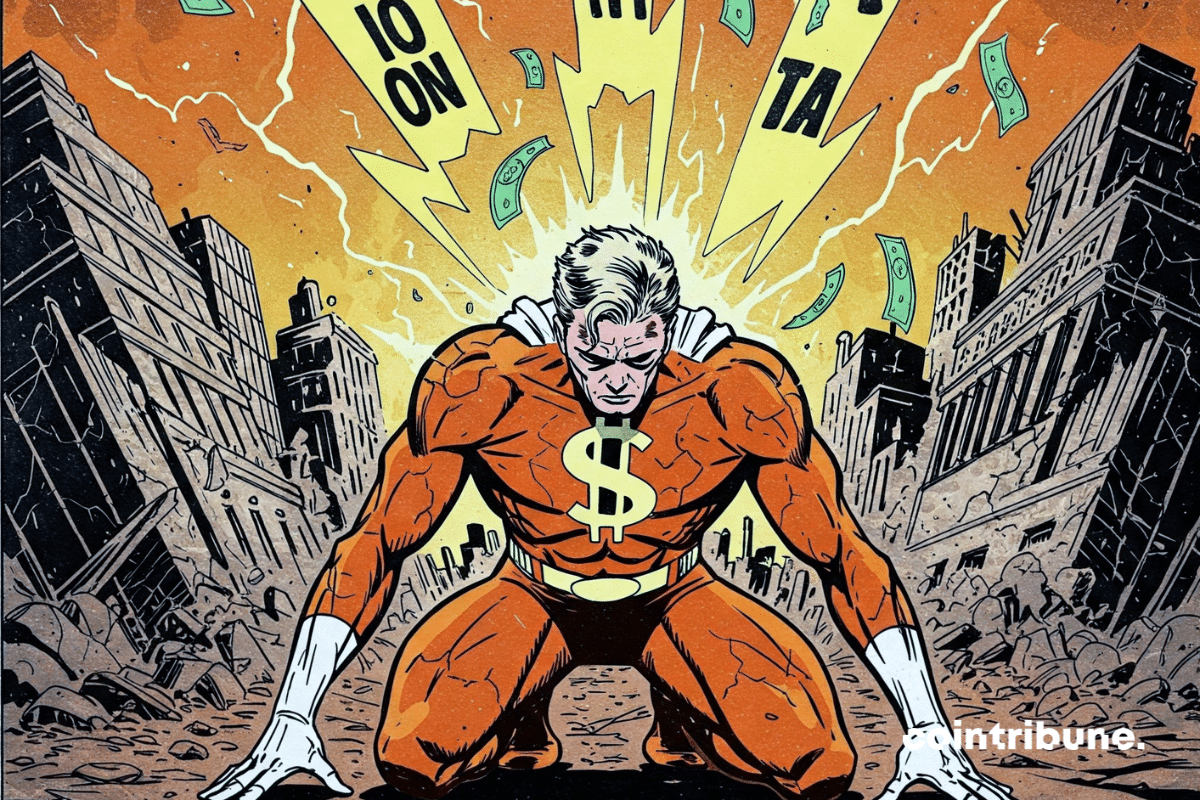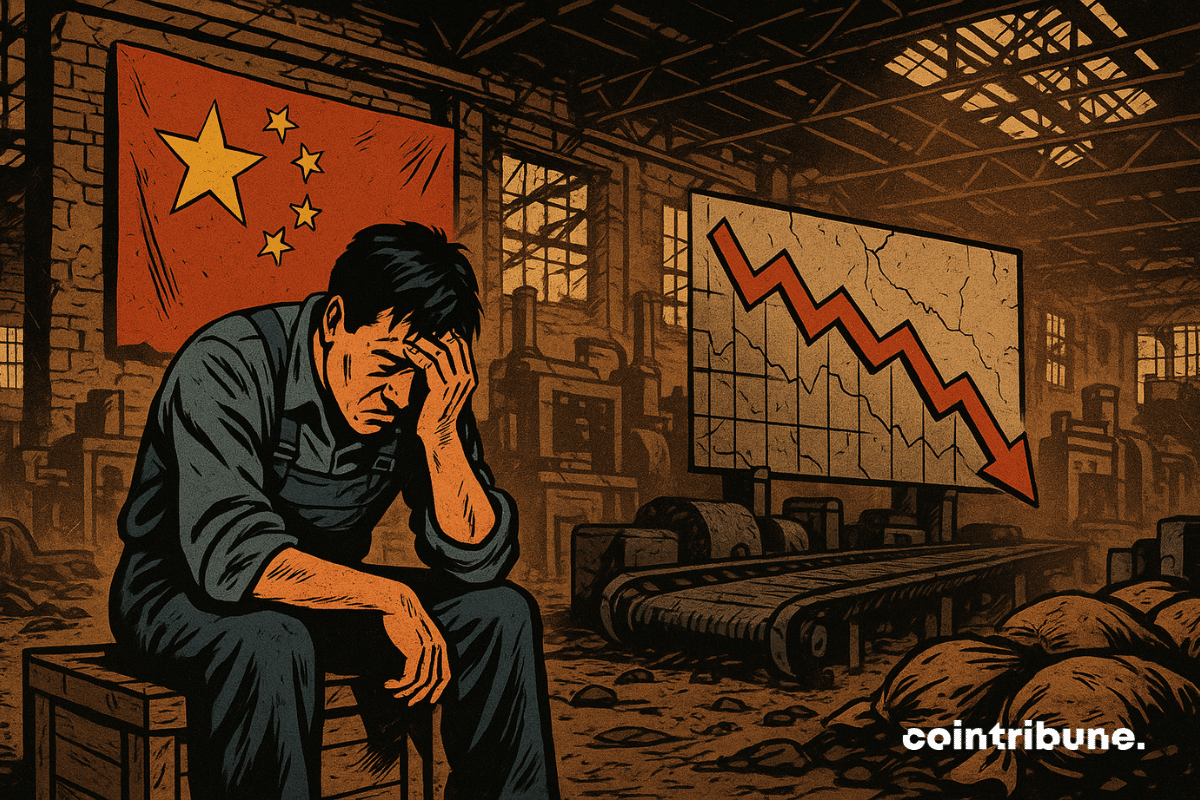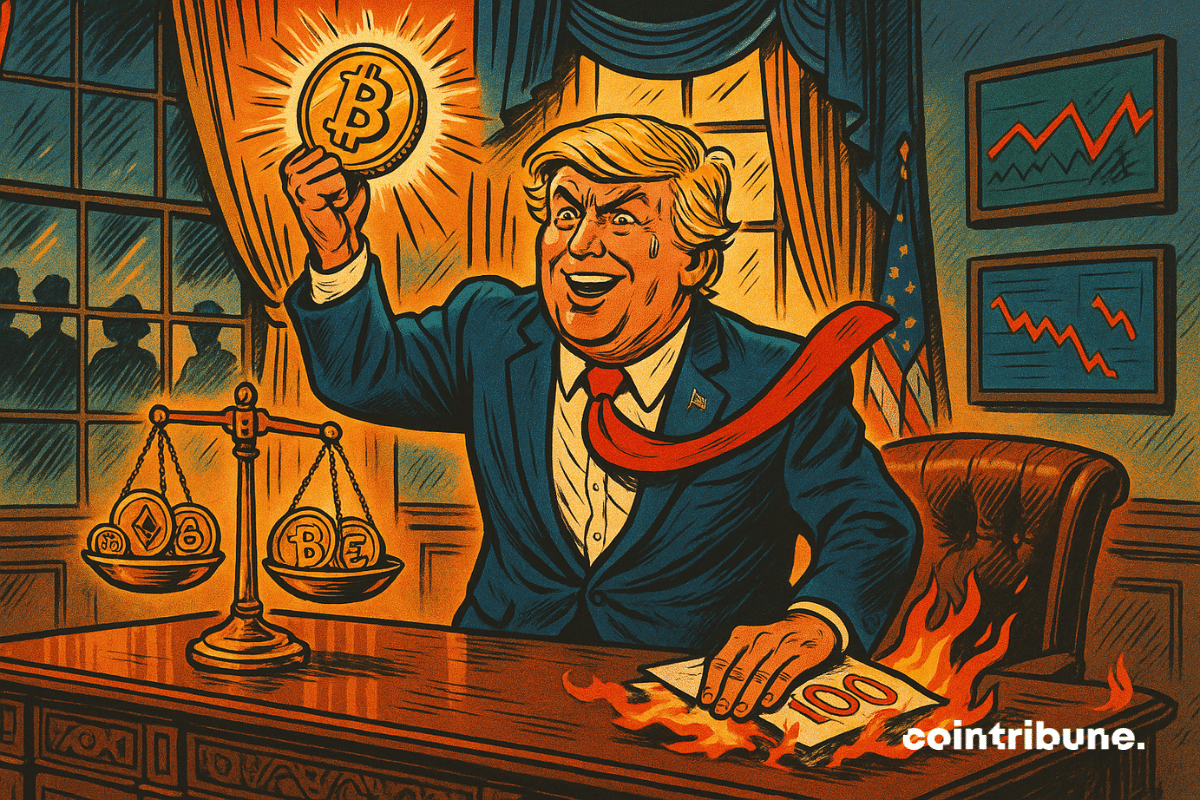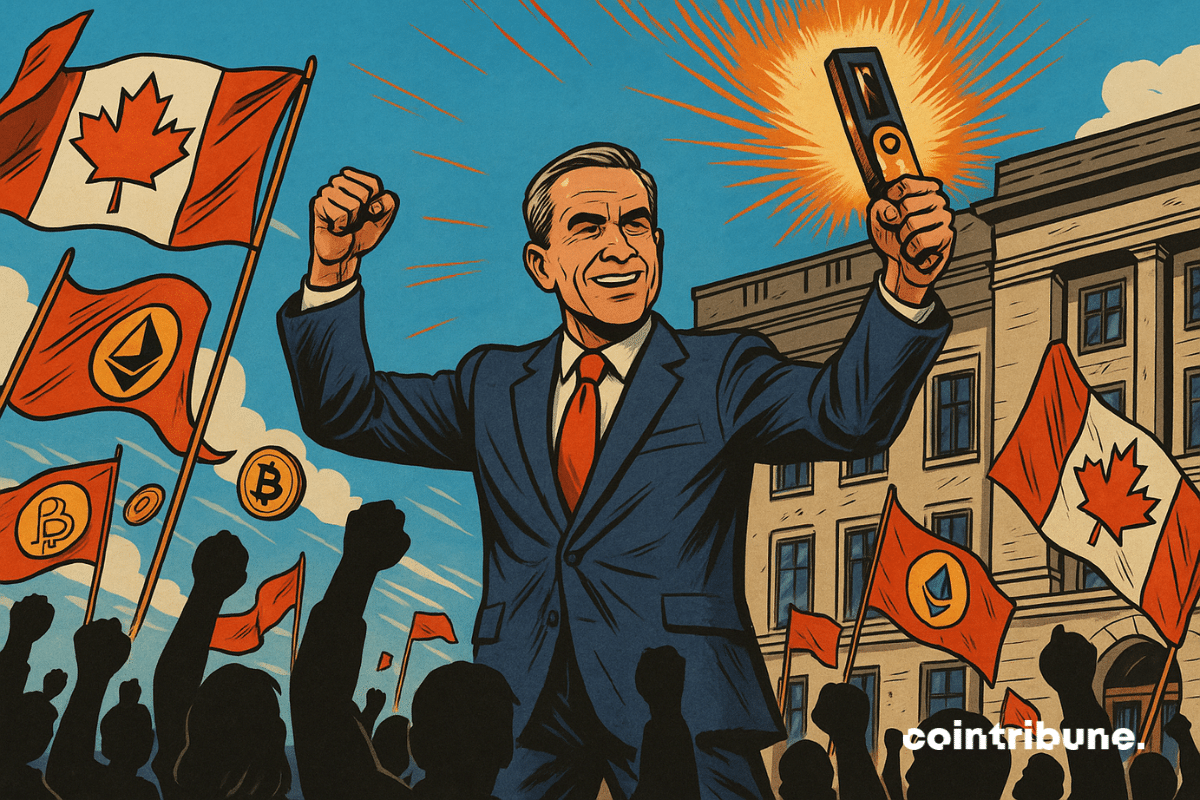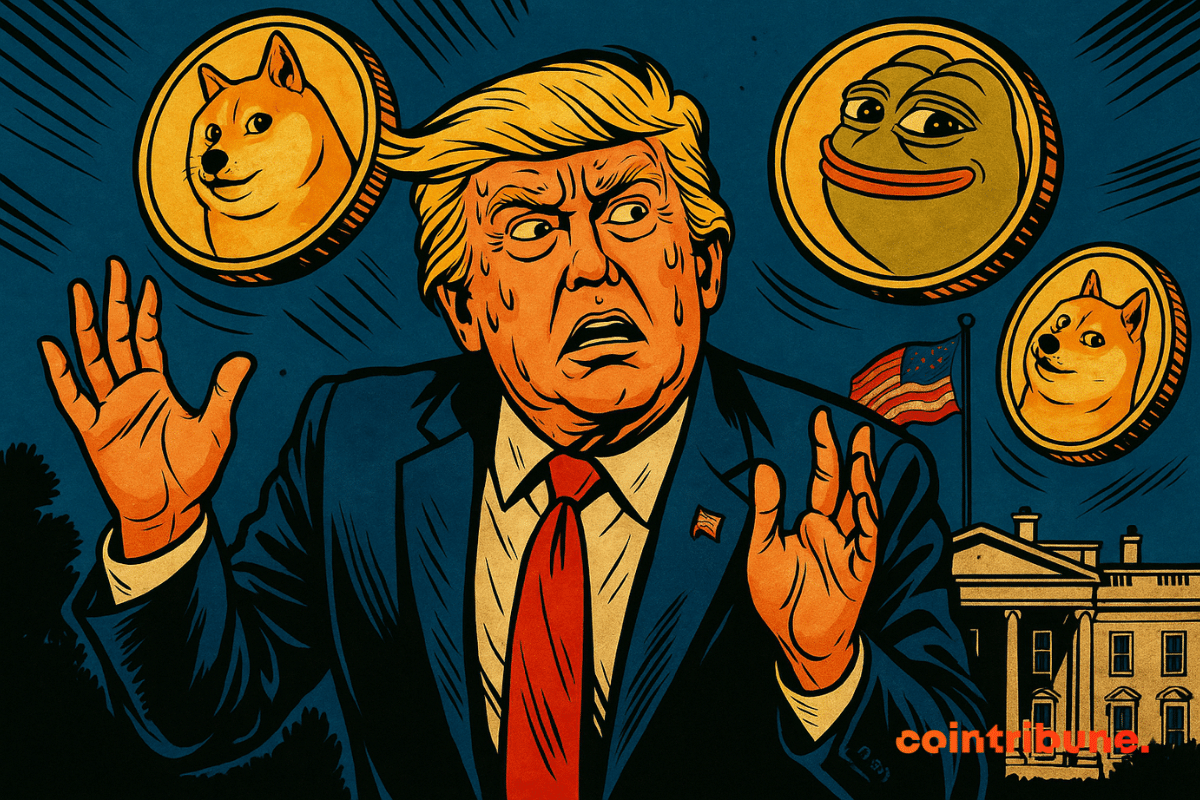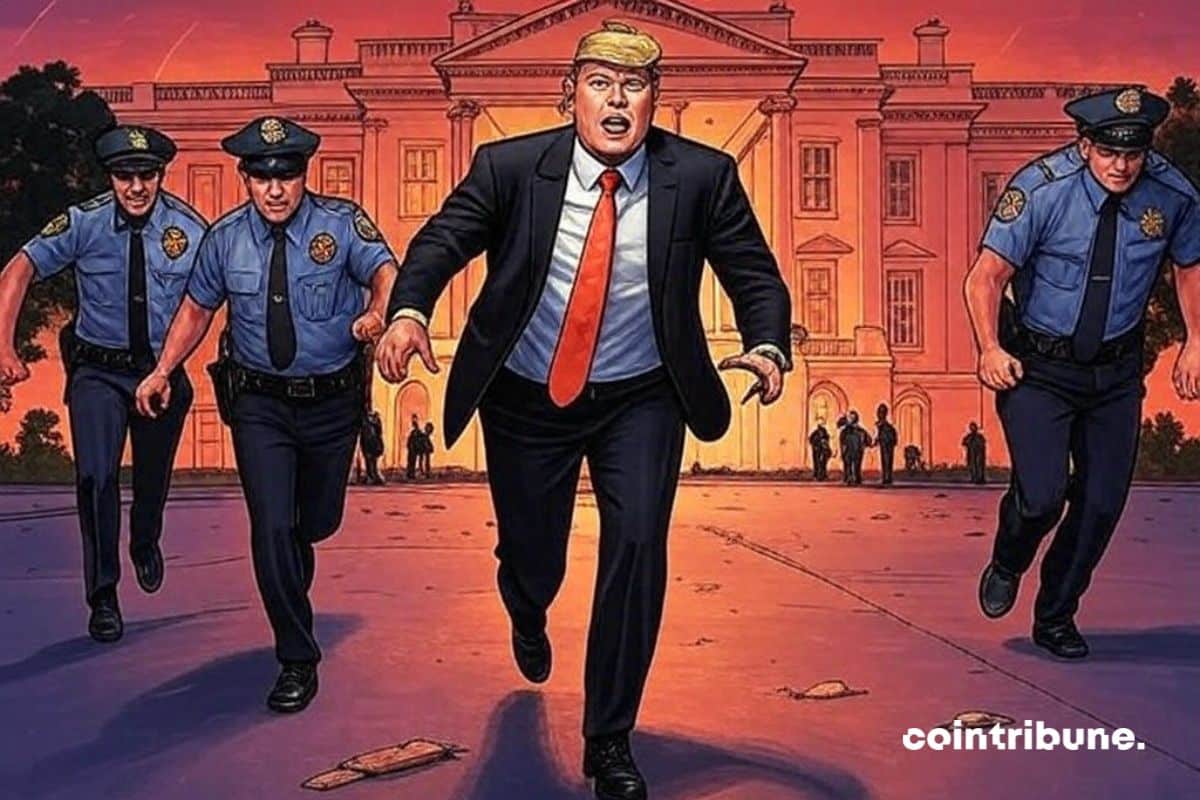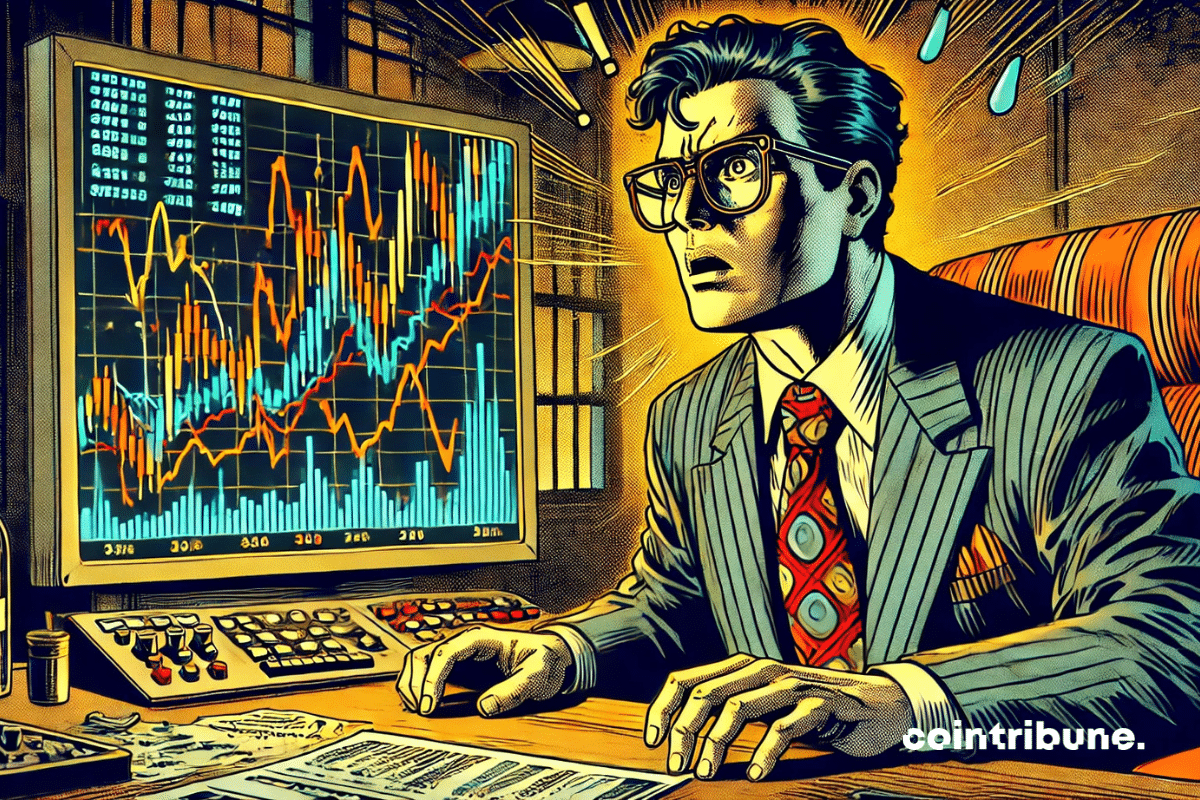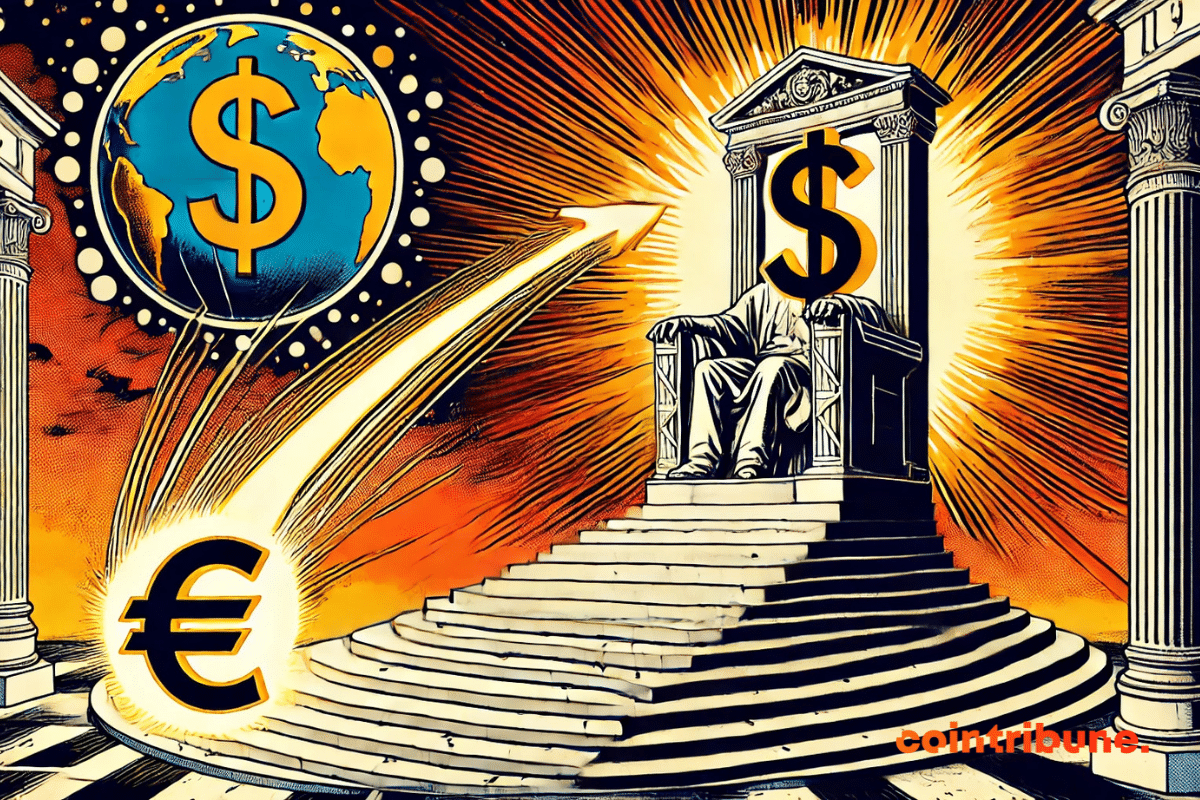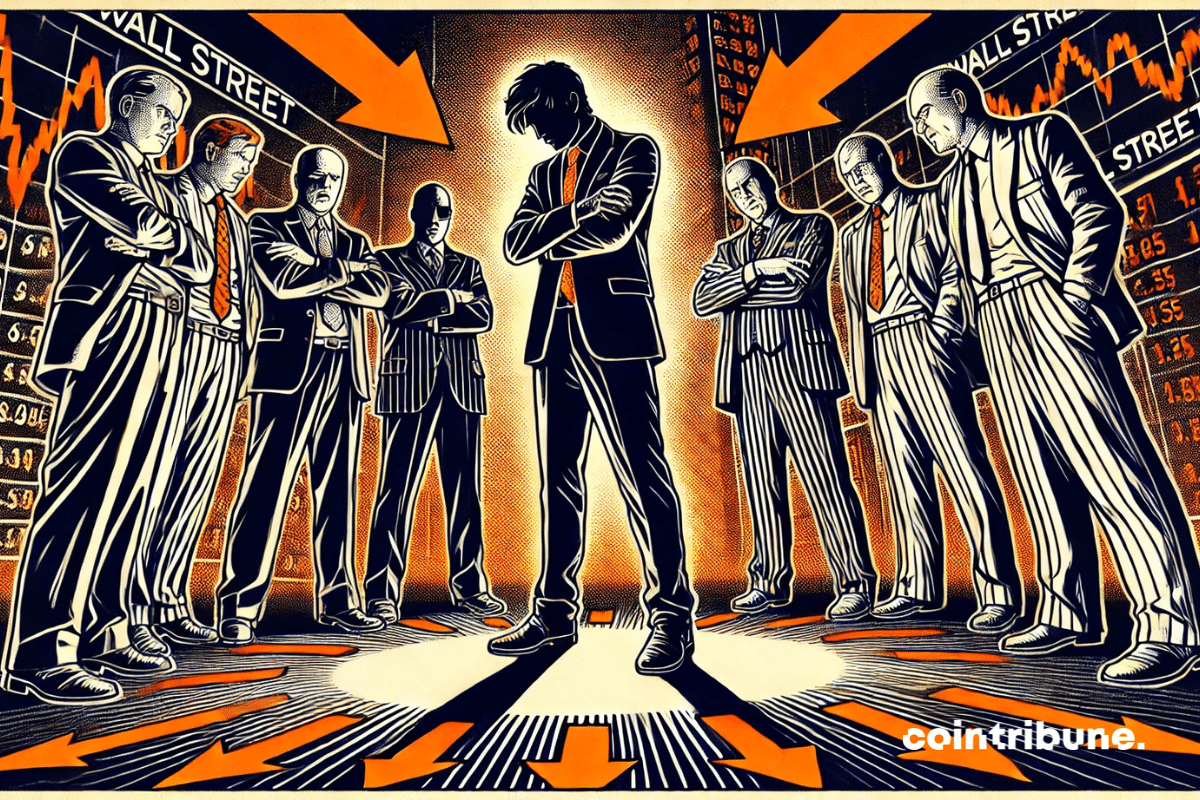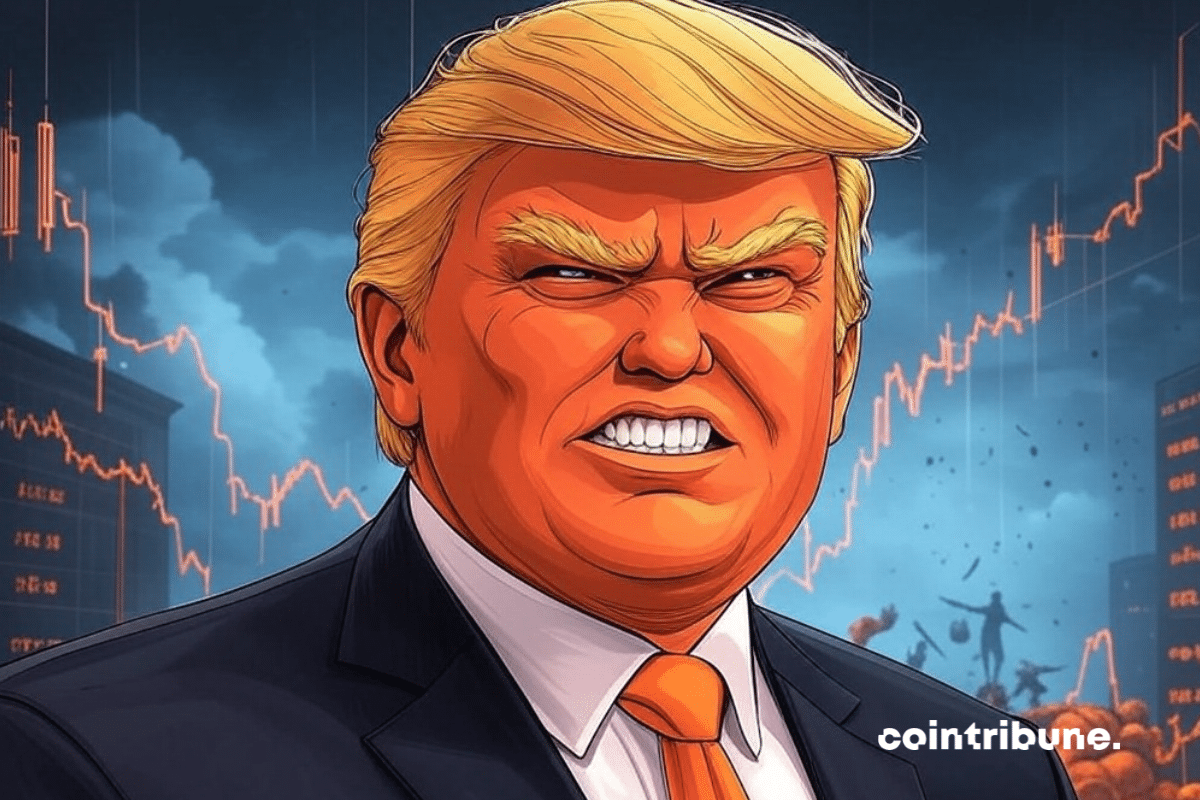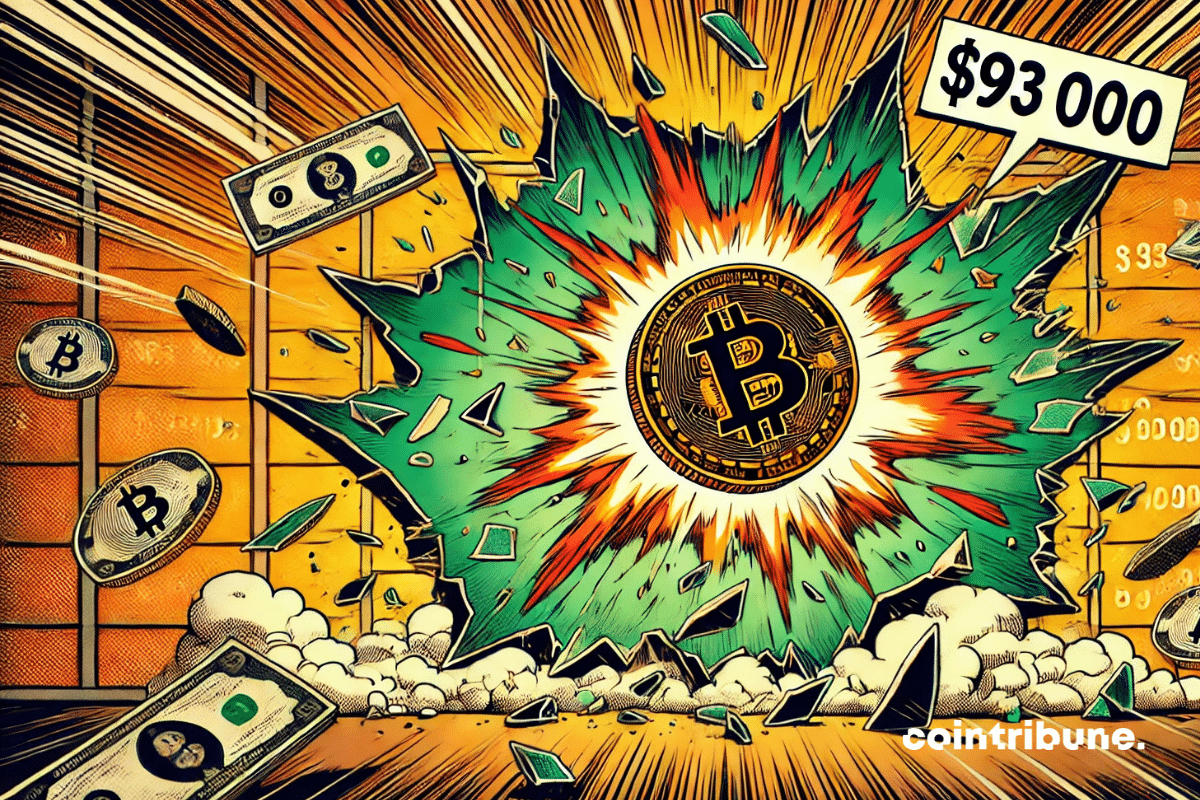As the conflict in Ukraine reaches a critical juncture, Kyiv and its Western allies are proposing a comprehensive, unconditional ceasefire for 30 days. Supported by Washington and major European capitals, this initiative aims to create a pathway for negotiations. However, beyond the call for a truce, one question looms: will Moscow see this as a genuine hand extended or a tactical maneuver concealing a strategic advantage for Ukraine? The answer could reshape the balance of power diplomatically.
Donald Trump
A massive $2 billion investment in Binance, backed by a stablecoin linked to the Trump family, is shaking Washington. Senators are calling for an investigation into Donald Trump and Changpeng Zhao. Amid conflicts of interest, potential presidential pardons, and foreign influence, a politico-crypto shock threatens the American regulatory balance.
A flagship asset of the 21st century, bitcoin fascinates as much as it divides. While its price already defies traditional financial standards, some experts predict a surge towards one million dollars. Long considered marginal, these projections are now gaining traction in economic influence circles. Financial institutions, renowned investors, and regulatory figures are sketching a future where BTC could become an essential store of value in a world shaken by inflation, monetary distrust, and a rapidly accelerating institutional adoption.
The U.S. Senate rejected the GENIUS Act bill yesterday, which aimed to regulate stablecoins. With a vote of 48 against 49, far from the 60 votes needed, this bipartisan legislation faced unexpected opposition from Democrats, jeopardizing the regulatory future of dollar-backed cryptos. But what are the real reasons behind this legislative failure?
Donald Trump, master of political staging, found himself caught in his own game. Manipulated by a pro-XRP message, he unwittingly becomes the main actor in a crypto lobbying operation. An explosive affair where political influence and blockchain interests clash in a scandal at the top.
The crypto greenback is waging its war: while rivals battle in plain sight, USD1 climbs the rankings, propelled by the Trumps and boosted by billions.
After denying the rumors, Changpeng Zhao (CZ) has finally confirmed that he sought a presidential pardon from Donald Trump. The founder of Binance, convicted of money laundering in 2023, hopes to ease the restrictions that have been placed on him since his release from prison.
A single message from Donald Trump was enough to electrify the markets. The announcement of a potential trade agreement between the United States and the United Kingdom propels bitcoin close to 100,000 dollars! Between tough politics and stagnant monetary decisions, BTC returns to the center of the game.
And if a trade war could lead to a nuclear confrontation? The hypothesis seems extreme, until it is put forward by Warren Buffett. Indeed, during the annual meeting of Berkshire Hathaway, the investor warned that Donald Trump's economic policies, perceived as aggressive, could fuel global tensions with uncontrollable consequences. An unusual stance, heavy with implications, in an international context already weakened by growing rivalries.
When Elon Musk plays politics with Trump, it's Tesla that stumbles at the start. Between free falls, a hesitant board, and angry tweets, the Empire of the tweet dangerously wavers.
Donald Trump finds himself at the center of a new media storm: his memecoin $TRUMP, backed by Solana, is skyrocketing... but the President of the United States claims he is not profiting from it. Amid denials, ethical concerns, and speculative surges, this case reignites the debate over the involvement of political figures in the crypto world.
Powell slows down, Trump strikes, the markets are in a frenzy. Between surtaxes and threats of dismissal, monetary independence is riding a rodeo amid the discreet applause of 6-dollar eggs.
The EU is trying to avoid a trade war that would harm its economy. This article explains how.
The American economy is declining for the first time since 2022. Heading towards a recession? Discover some key figures in this article!
The Chinese industry is showing signs of weakness. For the first time in over a year, the country's manufacturing activity has contracted, according to the latest figures from the National Bureau of Statistics. Indeed, the new tariff offensive launched by Donald Trump, with customs duties reaching up to 145%, is beginning to have an effect. In Wall Street as in Beijing, concern is rising. This trade standoff between the two powers awakens fears of a global slowdown with systemic consequences.
The first 100 days of the Trump administration deeply impacted the cryptocurrency industry. Among favorable appointments for the sector, the creation of a strategic reserve of bitcoin, and a trade war with significant consequences, the record remains mixed according to experts, with some even labeling this period as "the 95 worst days in modern presidential history."
Mark Carney, a political and economic victory for Canada, but beware! He may be preparing to bury cryptocurrencies in order to welcome CBDCs with open arms. Bitcoin, get ready to pack your bags.
Right from the start, the rise of the memecoin TRUMP has taken an unprecedented political turn. Influential senators are now questioning the White House about the implications of this cryptocurrency. They denounce the very idea of a "gala dinner" reserved for the largest holders. This process raises serious doubts. It could indeed blur the line between private interests and public functions. Through this controversy, the cryptocurrency becomes both a lever of power and an instrument of controversy.
Between exclusive dinners and ethical conflicts of interest, a Democratic senator reveals a plan to impeach Donald Trump. Is this the end of his presidency? Find out why this mistake could mark the end of Trump's reign at the White House.
Trump goes all out with a VIP dinner to save his memecoin, while crypto traders slip away with the cash. Cozy atmosphere, emptied wallets.
Stock Market: Stock markets fluctuate under the effect of tariff tensions. Discover what this means for investors.
While the dollar tap dances on a thread of presidential tweets, the euro is trotting towards the monetary throne, galvanized by the missteps of its starry rival.
When Donald Trump challenges the bond market, it is not just a political confrontation: it is a systemic shock. The American president, driven by an interventionist economic vision, has triggered a wave of instability by upsetting the balances of interest rates and Treasury bonds. Opposing him is a relentless market that did not take long to react. This showdown, far from being anecdotal, reveals the fragilities of a strained economy and revives the debate on the reliability of traditional assets in times of uncertainty.
Tesla falters, bitcoin holds strong, and Elon Musk finds himself divided. While the company faces a challenging quarter, its iconic CEO is trying to juggle leading Tesla, managing a strategic crypto portfolio, and his new government roles alongside Donald Trump. Amid falling profits, a steadfast loyalty to BTC, and a promise of a partial withdrawal from DOGE, Musk is playing on multiple fronts. But at what cost to Tesla?
When crypto turns into an invitation card: to have dinner with Trump, all you need is to own his token. Political marketing is certainly no longer afraid of ridicule.
Markets only need a stir to get excited. This time, it is Donald Trump who has rekindled the flame by suddenly softening his stance on two hot topics: the Federal Reserve and Chinese tariffs. "No plan to replace Jerome Powell," he said, breaking with his past vehement criticisms. He also opened the door to tariff relief on Chinese imports. Two gestures of appeasement that immediately boosted global financial markets, seeking reassuring signals.
With Trump, we are witnessing the transition from a trade war to a total economic war between the United States and China.
While Wall Street is emptying its pockets, Bitcoin is puffing its chest, flirting with the peaks and attracting billions — crypto is becoming the new refuge for capricious capital.
Bitcoin has just crossed the symbolic threshold of 90,000 dollars for the first time since early March, following a spectacular rally of nearly 20% from its low of 75,000 dollars. Has the upward train already passed, or is there still room for the flagship cryptocurrency to grow?
Jerome Powell, the chairman of the Federal Reserve (Fed), is facing increasing political pressure from Donald Trump, who is calling for an immediate reduction in interest rates. But Powell has no intention of yielding. Loyal to the independence of the institution he leads, he prefers to base his decisions on economic data rather than political demands.

